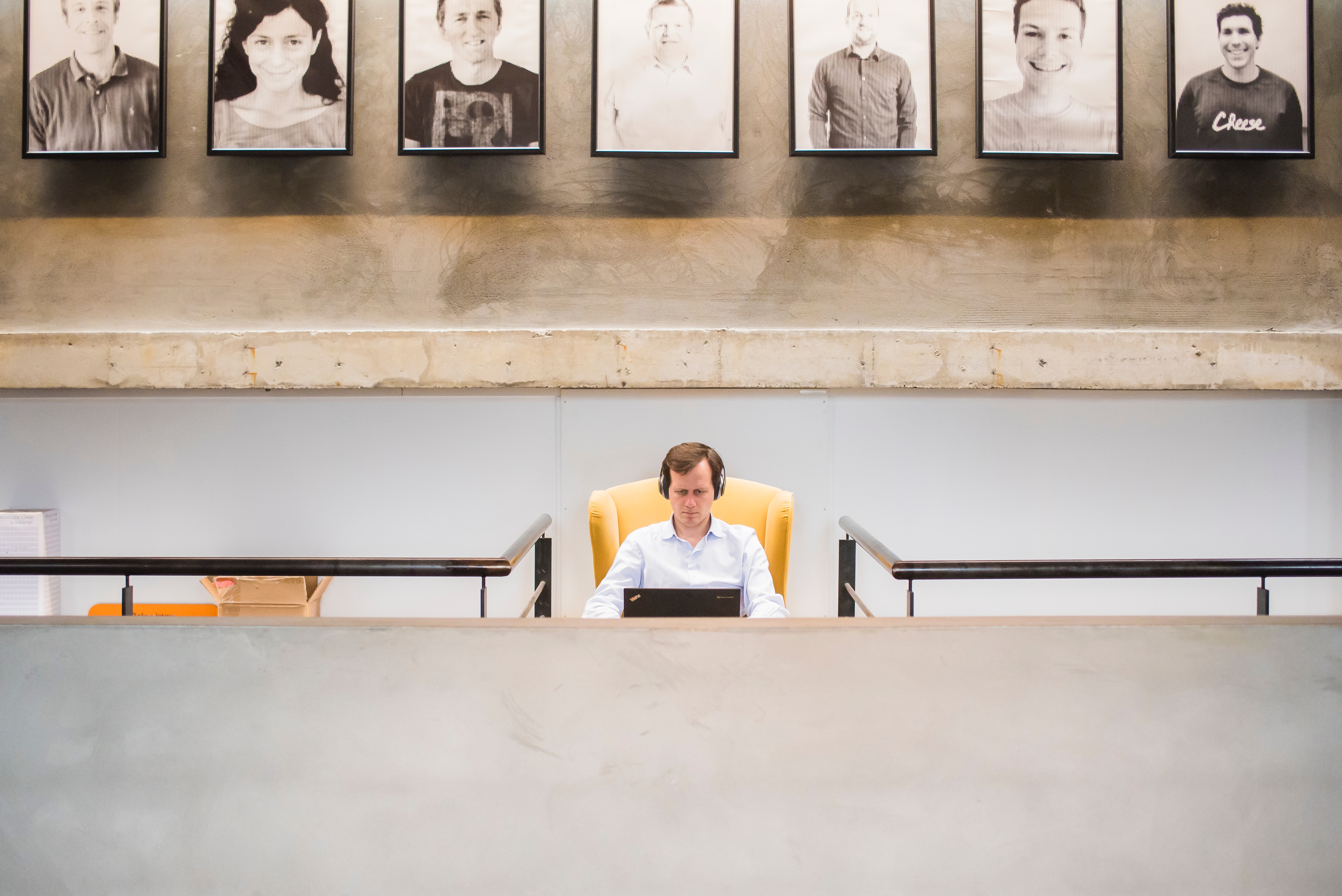Countless companies pride themselves on being inclusive, loving, and a diverse pinnacle of the community. What if they were wrong? More than ever, companies are offering social good as a part of their campaign for reaching Millennials and retaining them at the workplace. However, this step towards social change is not swaying Millennials employees.
Spending a few dollars to support a local homeless shelter or supplying gifts for a nearby children’s hospital does not equal diversity. It equals a good photo op.
Look, there’s nothing wrong with building a presence within your community or helping local organizations through donations or volunteer work. But, that can’t be the only form of diversity that your company presents.
If companies want to be known as diversified and inclusive, then they must first understand that ideation is not the same as implementation. It’s easy to gather around the boardroom and scheme up the latest strategy; however, it’s a bit more difficult to bring it to fruition.
If we want to create spaces of diversity, inclusion, and equality, then we have to be willing to tear down some of our own assumptions; starting with the idea of exemption.
According to an article on CBS News, “Black people account for about 12% of the U.S. population, but occupy only 3.2% of the senior leadership roles at large companies in the U.S. and just 0.8% of all Fortune 500 CEO positions.”
Welcome to the reality of most organizations–a reality that must be changed.
Diversity must be more than our own assumptions. Let’s start by dismantling some of our beliefs. Here are 3 tips to know if your company is walking towards progress.
YOUR COMPANY NEEDS TO REPRESENT YOUR AUDIENCE

According to a recent article by NBC News, “Today’s Millennials–young adults ages 18 to 33 – are the most racially diverse generation in U.S. history. About 43 percent are non-white.” This is imperative to understand. This means that the majority of your audience, team, client-base, is non-Caucasian. Does this reality impact your team? Absolutely!
These numbers should not just reflect your customer-base. They should characterize your company’s board members, executive leaders, marketing team, and ideation strategists.
In order for your business to survive, you need to understand where it is dying. This can only happen when you bring in voices that are unlike your own. If you want your company to reach Millennials and Generation Z, then you must be willing to invite all to voice their perspective from the pulpit, so to speak.
We’ve all heard the famous African Proverb that says, “It takes a village to raise a child.” Well, it takes a vast array of cultures, languages, ages, creeds, and races to influence the trajectory of a business.
Millennials or Generation Z are multicultural, multilingual, and multifaceted, and value environments where differences are celebrated and affirmed. These generations will not invest in your company if you don’t support these globalized values.
YOUR COMPANY NEEDS TO REPRESENT DIVERSIFIED BELIEFS

According to Pew Research, “Four in ten millennials now say they are religiously unaffiliated”. Assistant Rabbi Danny Moss observes, “The way most millennials are engaging with religion is changing for a variety of reasons. But the main reason, he says, is their distrust of religious institutions.” Why does this matter? How does this apply to business success?
Millennials have been unaffiliated for years, but that doesn’t mean that they have left all forms of spirituality. Their inclination towards spirituality is not simply tied to their religious expression, but also their workplace expectation.
They expect companies to have the same passion for coexistence and environments where all religions feel welcomed.
So, how do companies meet this need for spiritual inclusion within the workplace? Here are some ideas:
- Meditation rooms
- Yoga retreats
- An interfaith community group
- Silent retreats
There are countless ways that companies can create space for diversity in belief. They just need to be creative and create environments where people feel valued for who they are and how they find personal meaning.
YOUR COMPANY NEEDS TO REPRESENT GENDER EQUALITY
Younger generations grew up in the 3rd and 4th wave of feminism. This is imperative to understand.
Gender equality is also much more than the binary labels of “men” and “women”. The 3rd wave of feminism introduced the fight for equality for LGBTQIA+ and the 4th wave took that same stance on social media.
This means that companies have to educate themselves and their teams on LGBTQIA+ rights, take the time to learn their employees’ preferred gender pronoun, and address personal and professional biases to create spaces of inclusion.
If you’re looking for a place to start, take a look at the Gender Census 2019. Other places that you can search are Them.us, Human Rights Campaign, and GLADD.
Diversity is not segregation, monoculturalism, or heteronormativity. It is equality and equity embodied at every level of leadership. It is creating environments where all are invited to LEAN IN, learn, and listen.


